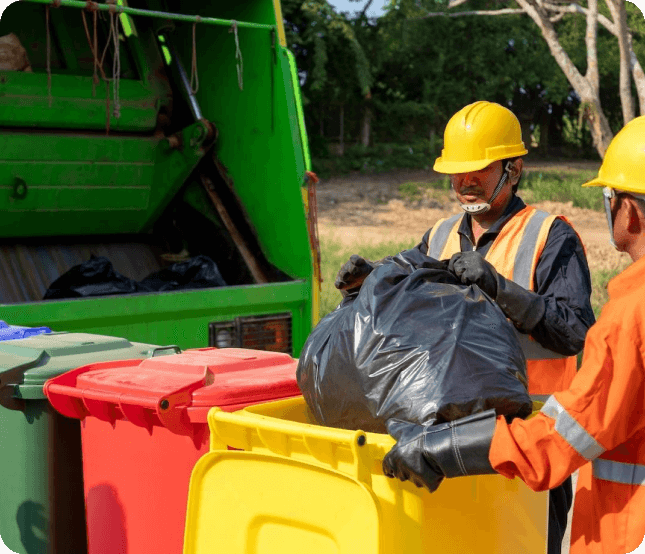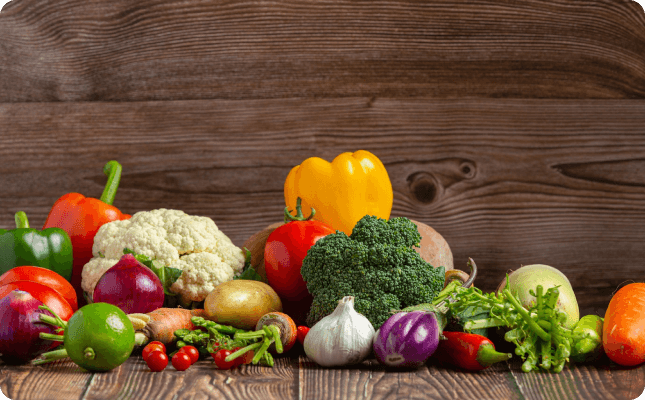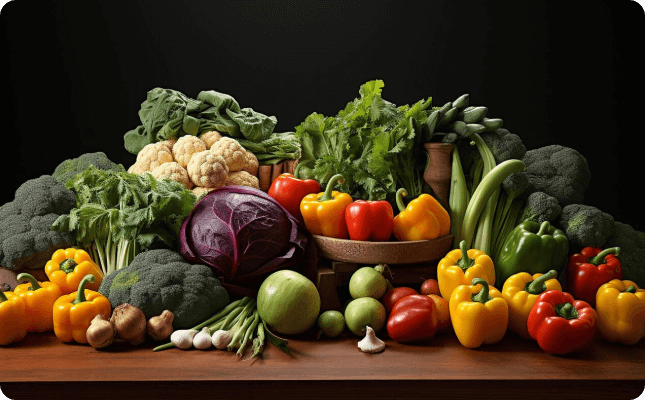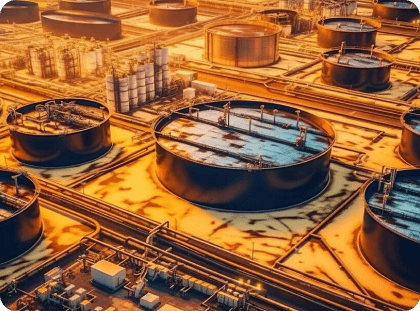Why We Compost
Unearth the Environmental Impact of Proper Food Waste Management

25% of all landfilled waste is organic waste.
Every year, people throw away billions of tons of food globally. In the United States, 38% of the food supply goes unsold or uneaten.
Most of it ends up rotting in landfills where it generates planet-warming methane emissions that are 28 times more potent than carbon dioxide.

Organic waste services are expensive.
Most organics processing facilities are dozens – or even hundreds – of miles away from the food waste source. That raises transportation costs and carbon emissions.
We needed something cheaper, faster, and closer to the source.
A future without landfills
Dyrt is on a mission to transform how communities handle, track, and process food waste. By keeping food out of landfills and processing locally, we can put a stop to a major source of greenhouse gasses destroying our planet.
Organics services need an overhaul
We found that traditional waste haulers lack adequate capacity to sort and process organics. As a result, a significant portion of food waste often ends up in landfills, or is trucked to facilities nearly one hundred miles away. This leads to high costs and compliance risk. Environmentally responsible organics collection should be straightforward and affordable. It’s why we started Dyrt.
Transparent, cost-effective, and hassle free
At Dyrt, we simplify organics collection and processing. We provide real-time insights into all waste streams, track the entire organics waste lifecycle, and handle reporting requirements, ensuring you are in the loop and are compliant with local regulations.

In the U.S., a staggering 38% of the 241 million tons in our food supply went unsold or uneaten.

When food rots in landfills it produces methane, a greenhouse gas 28 times more potent than CO₂

Organic waste makes up 25% of all landfilled waste

Food waste contributes to 8 to 10% of global greenhouse gas emission.

Methane related to food waste is set to climb 70% globally by 2050

In the U.S., a staggering 38% of the 241 million tons in our food supply went unsold or uneaten.

When food rots in landfills it produces methane, a greenhouse gas 28 times more potent than CO₂

Organic waste makes up 25% of all landfilled waste

Food waste contributes to 8 to 10% of global greenhouse gas emission.
